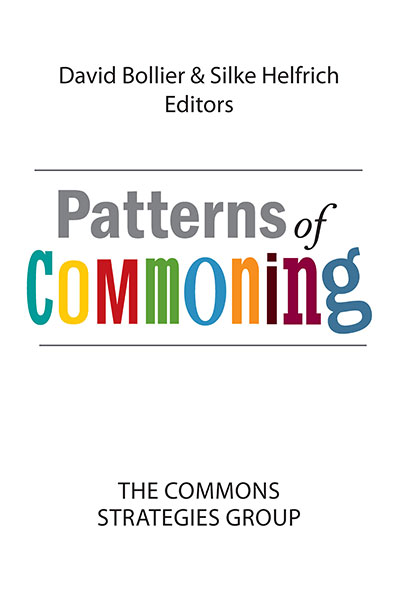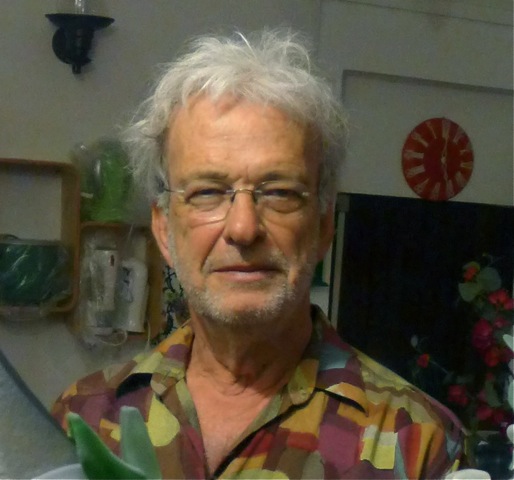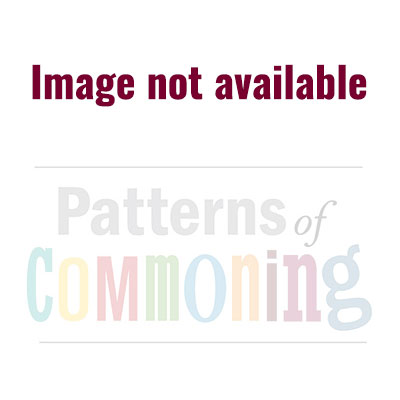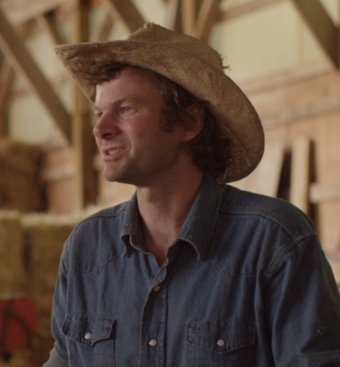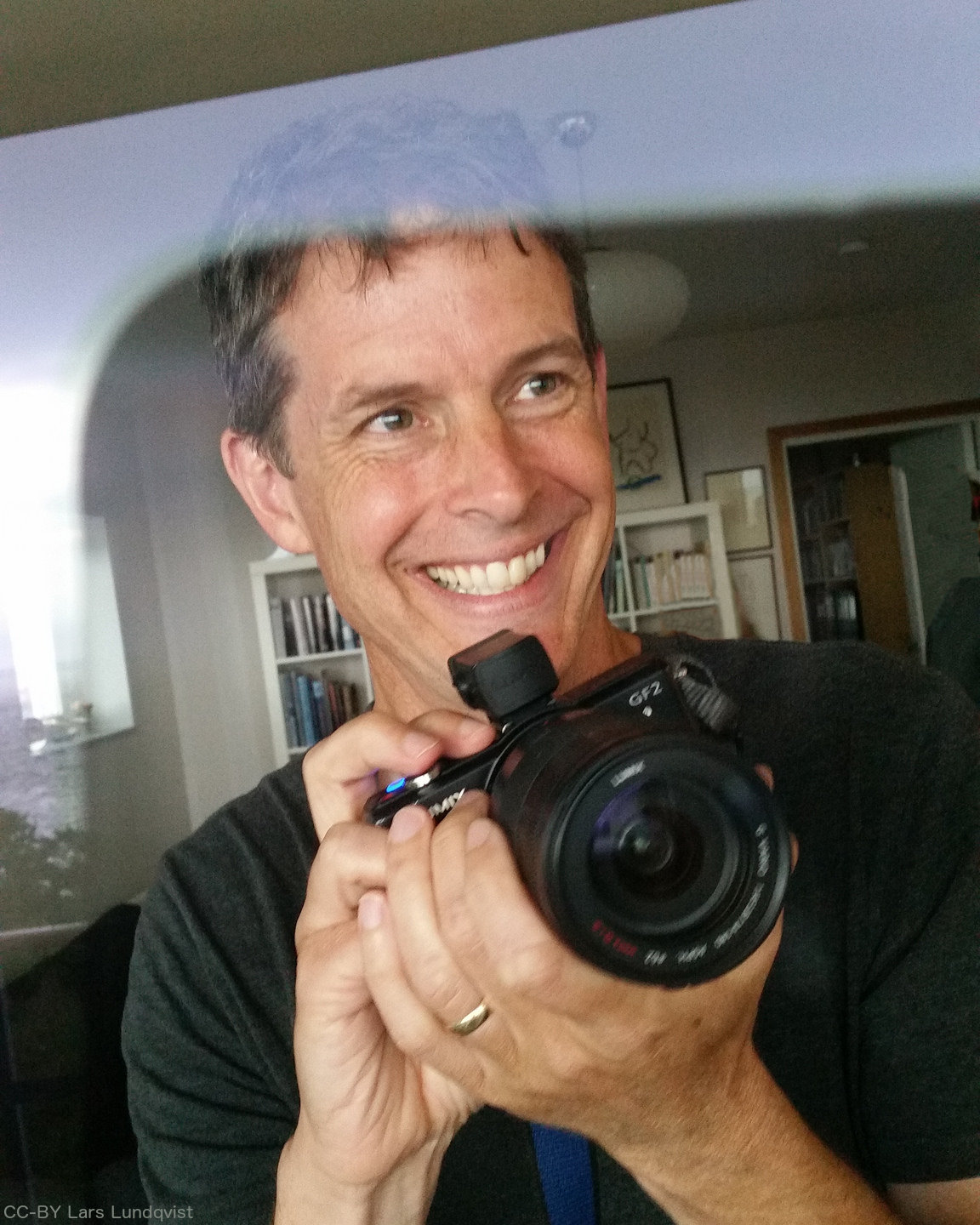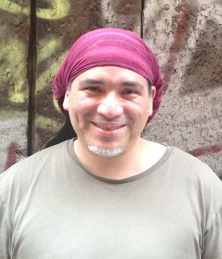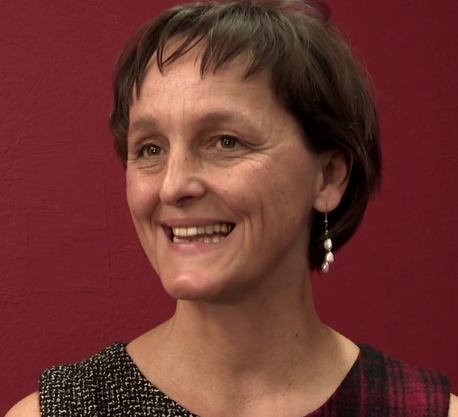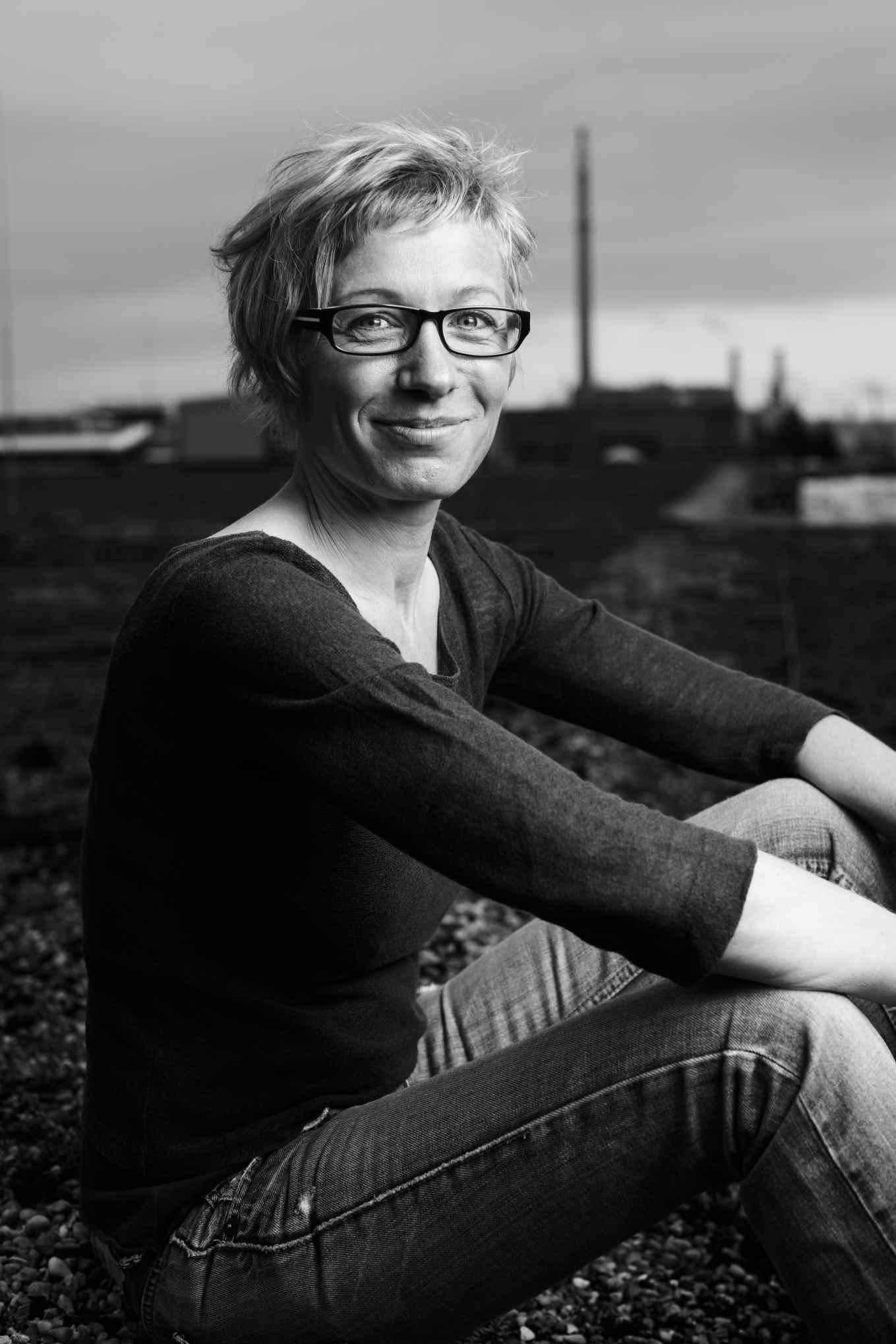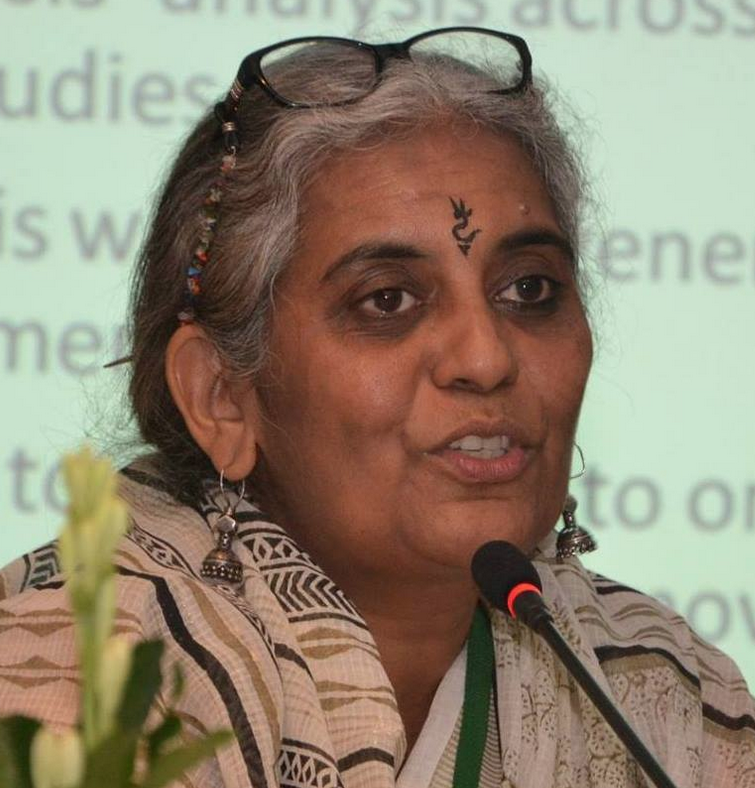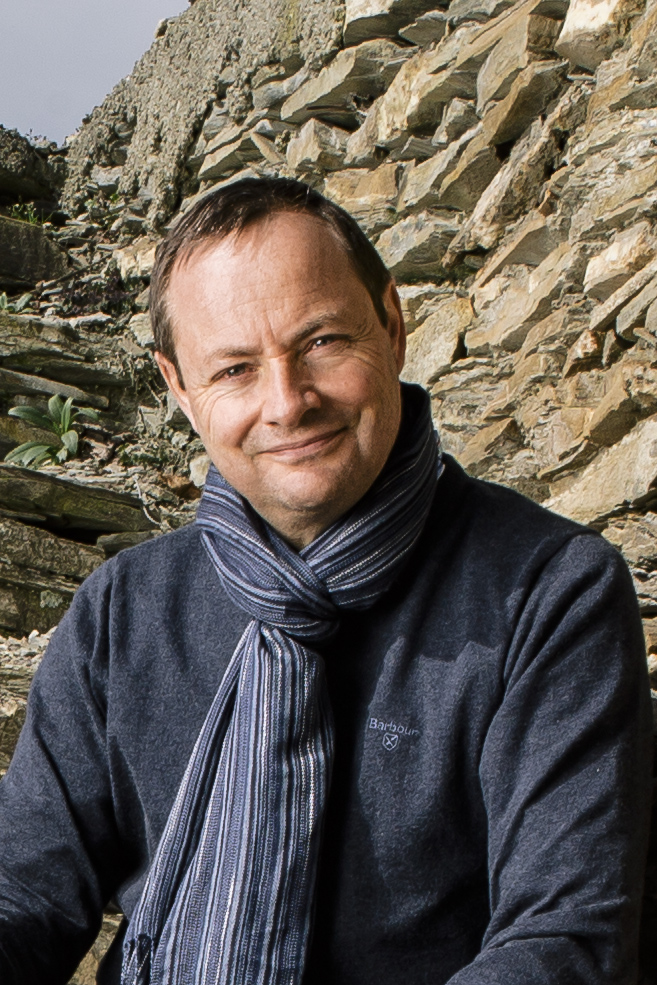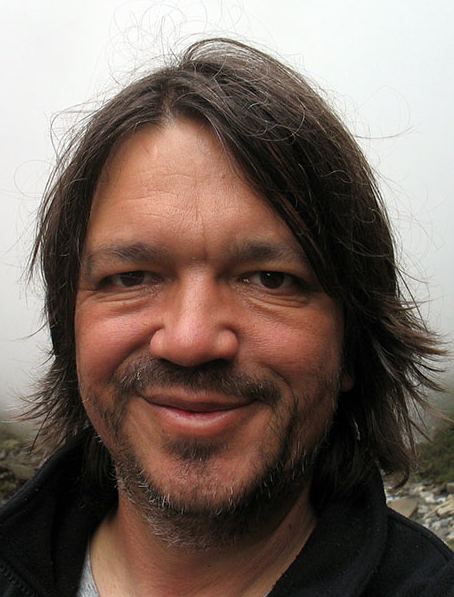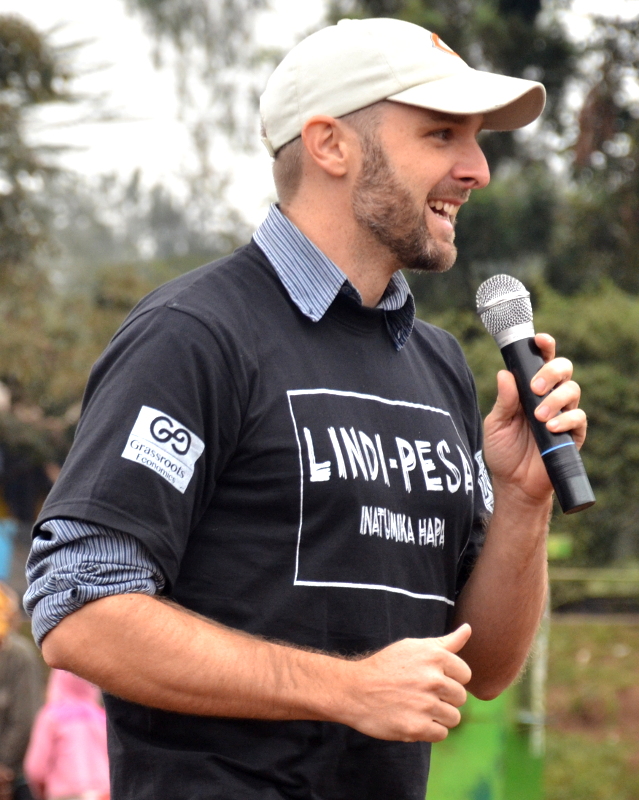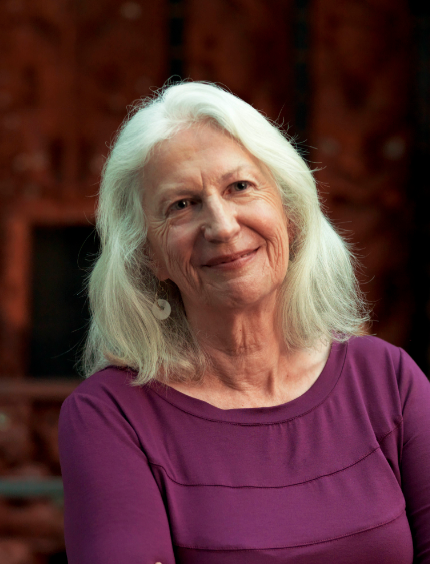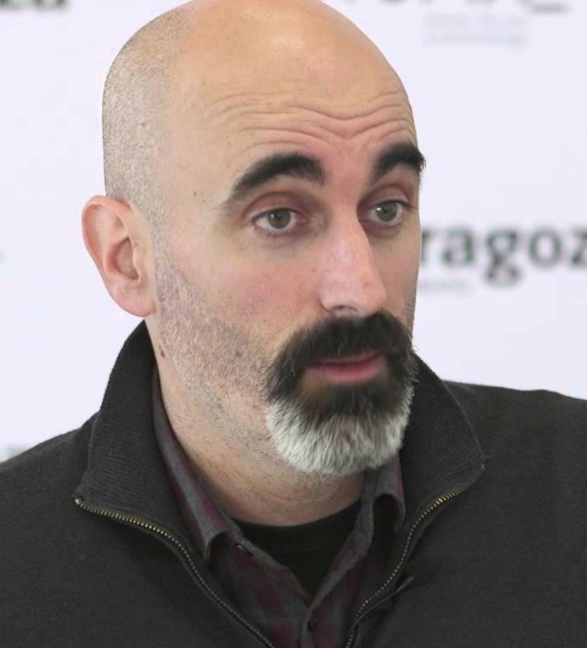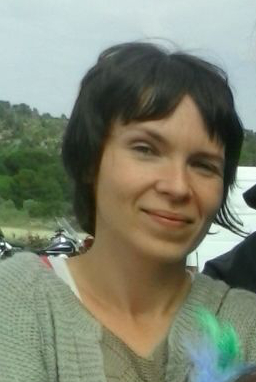Alain Ambrosi (Canada) is a designer and producer of intercultural projects, independent researcher, author, videographer and producer of the Remix The Commons Project.
Patterns of
COMMONING
Twelve Design Principles of Permaculture
Permaculture is a type of sustainable agriculture and ecological design and engineering that self-consciously attempts to work in constructive alignment with natural dynamics. At once a philosophy and set of social practices, techniques and ethical norms, permaculture seeks to ensure that all life systems can remain healthy and flourish. This goal can only be met if human beings regard nature as a holistic system that includes human society, which in turn must reintegrate surplus production and waste back into natural ecosystems.
Permaculture design, practices and ethics can be considered a form of commons-based agriculture, engineering and production. The essence of permaculture has been summarized by David Holmgren in his book, Permaculture: Principles and Pathways Beyond Sustainability, in the following twelve principles.
1. Observe and interact. By taking time to engage with nature we can design solutions that suit our particular situation.
2. Catch and store energy. By developing systems that collect resources at peak abundance, we can use them in times of need.
3. Obtain a yield. Ensure that you are getting truly useful rewards as part of the work that you are doing.
4. Apply self-regulation and accept feedback. We need to discourage inappropriate activity to ensure that systems can continue to function well.
5. Use and value renewable resources and services. Make the best use of nature’s abundance to reduce our consumptive behavior and dependence on non-renewable resources.
6. Produce no waste. By valuing and making use of all the resources that are available to us, nothing goes to waste.
7. Design from patterns to details. By stepping back, we can observe patterns in nature and society. These can form the backbone of our designs, with the details filled in as we go.
8. Integrate rather than segregate. By putting the right things in the right place, relationships develop between those things and they work together to support each other.
9. Use small and slow solutions. Small and slow systems are easier to maintain than big ones, making better use of local resources and producing more sustainable outcomes.
10. Use and value diversity. Diversity reduces vulnerability to a variety of threats and takes advantage of the unique nature of the environment in which it resides.
11. Use edges and value the marginal. The interface between things is where the most interesting events take place. These are often the most valuable, diverse and productive elements in the system.
12. Creatively use and respond to change. We can have a positive impact on inevitable change by carefully observing, and then intervening at the right time.
